Not yet performed common responsibility
In recent times, the Government as well as ministries, especially the Ministry of Construction, have continuously had solutions to remove difficulties and shortcomings of the real estate market.
One of the major issues that the Prime Minister has pointed out and repeatedly directed authorities and real estate businesses to consider is the need to restructure segments and reduce product prices. The goal is to enable people to access housing and remove difficulties for the market.
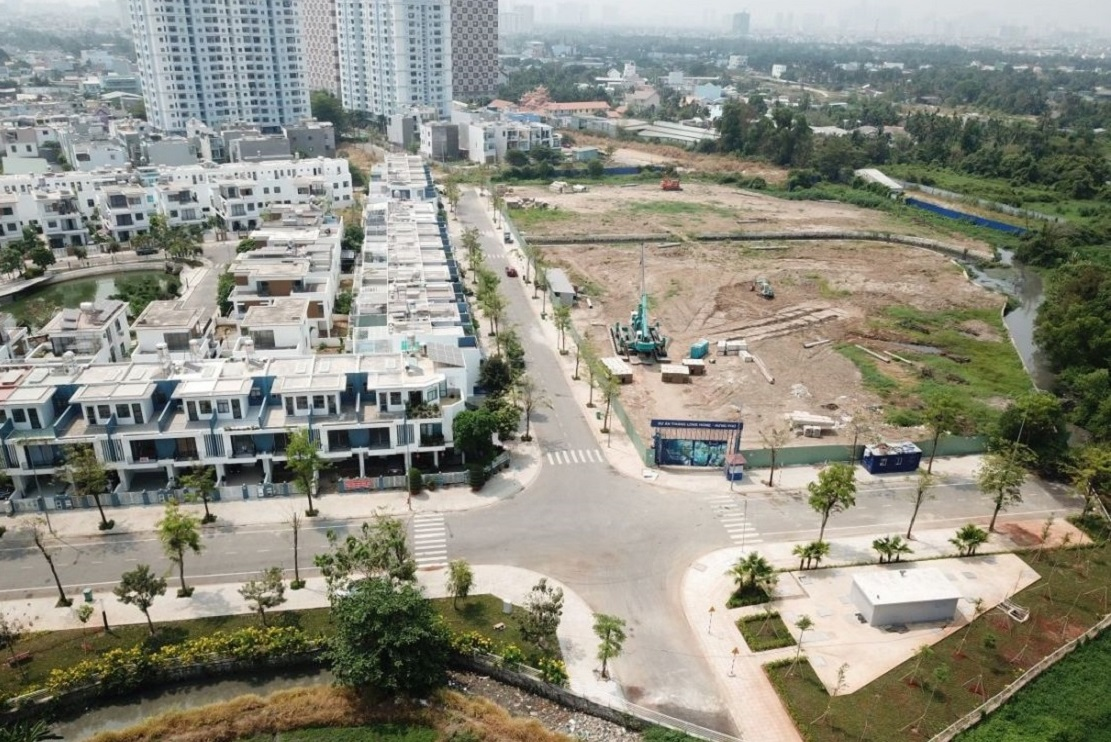
HoREA believes that from 2020 until now, the real estate market has fallen into difficulties and market segmentation has been out of phase, causing an imbalance in housing products.
However, Mr. Le Hoang Chau, Chairman of the Ho Chi Minh City Real Estate Association (HoREA), said that real estate businesses have not yet actively and effectively implemented the above requirements.
Specifically, according to Mr. Chau, for mid- and high-end housing projects, some investors have reduced selling prices through discount, promotion, and after-sales policies that benefit customers but are not significant. This solution is also aimed at trying to anchor housing prices for the project.
HoREA Chairman commented that the increase in housing prices, in addition to the increased costs of construction, materials, labor, financial and management costs, also includes unnamed expenses for contingency.
The value of the reserves is not small, because they are invalid, they are not included in the investment cost. However, the investor still includes this amount in the selling price and the home buyer has to bear it.
In addition, there are cases where the project was initially targeted at affordable or mid-range housing, but was later changed by the investor to a higher segment, even labeled as luxury housing to maximize profits.
The result has been a serious imbalance in Ho Chi Minh City over the past five years. Since 2020, the high-end housing segment has consistently accounted for more than 70%, while affordable housing has almost disappeared in the past three years.
"Housing prices have been increasing continuously for many years, around 10% per year, leading to speculation and hoarding, distorting the market and wasting a lot of social resources," said HoREA Chairman Le Hoang Chau.
From the above comments, Mr. Chau proposed some specific solutions such as reducing unnamed costs, increasing financial resources, improving corporate governance, applying information technology, digitalization, artificial intelligence, and project management according to scientific processes (BIM).
In addition, HoREA also believes that the market needs to supplement the supply of affordable housing to increase the competitiveness of the housing market, contributing to reducing housing prices. Accordingly, the management agency needs to remove the biggest bottleneck, which is legality, to supplement new supply.
“To reduce housing prices, the first thing to do is to increase supply, and the first thing to do to increase supply is to completely resolve the long-standing legal problems that have led to a housing supply deadlock, the main reason for the escalation of housing prices in Ho Chi Minh City.
“Out of phase” market segmentation
HoREA believes that from 2020 until now, the real estate market has fallen into difficulties and market segmentation has been out of phase, causing an imbalance in housing products.
In Ho Chi Minh City, housing supply is gradually decreasing in projects when in 2020 it was 16,895 units, in 2021 it decreased to 14,443 units, in 2022 it decreased to 12,147 units and by the end of the first 9 months of 2023 there were signs of a slight recovery with 15,020 units.
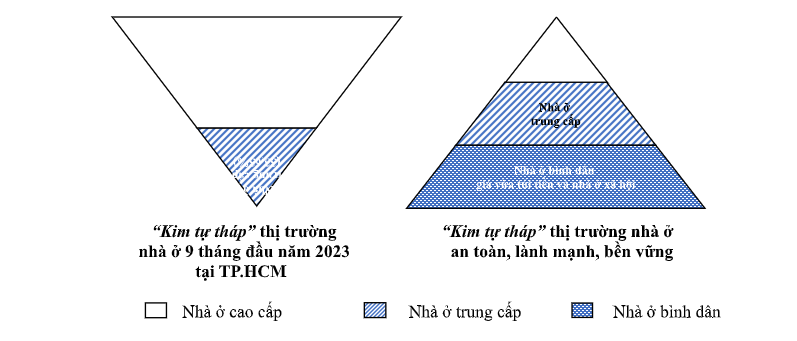
All relevant entities must uphold their responsibilities and join hands to remove difficulties for the real estate market to develop safely, healthily, openly, transparently and sustainably.
The real estate market is seriously unbalanced and has not developed sustainably. Specifically, the high-end housing segment accounted for 70% in 2020, 72% in 2021, 78.2% in 2022 and still accounted for 66.3% in the first 9 months of 2023.
The mid-range housing segment accounted for 29% in 2020, 28% in 2021, 21.8% in 2022 and 33.63% in the first 9 months of 2023.
It is worrying that the affordable housing segment in 2020 had only 163 apartments, accounting for only 1%, and in 2021, 2022 and the first 9 months of 2023, there will be no more affordable housing apartments.
According to the law of supply and demand, due to the lack of housing supply while the demand for housing is very high, especially the demand for affordable housing, housing prices have increased continuously in recent years with an average price increase of about 10% per year.
The situation of "phase difference" in market segments, "phase difference" in the high-end housing segment and lack of affordable housing apartments has shown that the current housing market "pyramid" model is "upside down", unbalanced and unsustainable.
Because the affordable housing segment includes affordable housing, social housing should account for the majority, the highest rate, but in reality it is too little, even in the last 3 years there is no longer this type of housing.
While the high-end housing segment should only account for the smallest proportion, in reality it accounts for the largest proportion, up to 70-80%, dominating the housing market, leading to speculation and hoarding, distorting the real estate market and "consuming" a large amount of social resources.
Economically, there has been a waste of social resources, including waste due to inefficient use of land resources.
To reverse the housing market model like an "upside down pyramid" to a balanced, harmonious, and sustainable "pyramid" model with affordable housing, social housing, and mid-range housing being the main housing segments of the market, all relevant entities must promote responsibility, join hands to remove difficulties for the real estate market to develop safely, healthily, openly, transparently, and sustainably.
At the same time, there should be appropriate policies to promote the market, focus on social security, create opportunities for low-income people; promote the development of social housing and workers' housing to meet the housing needs of low-income people.
Source




![[Photo] Prime Minister Pham Minh Chinh receives Mr. Jefferey Perlman, CEO of Warburg Pincus Group (USA)](https://vstatic.vietnam.vn/vietnam/resource/IMAGE/2025/4/18/c37781eeb50342f09d8fe6841db2426c)



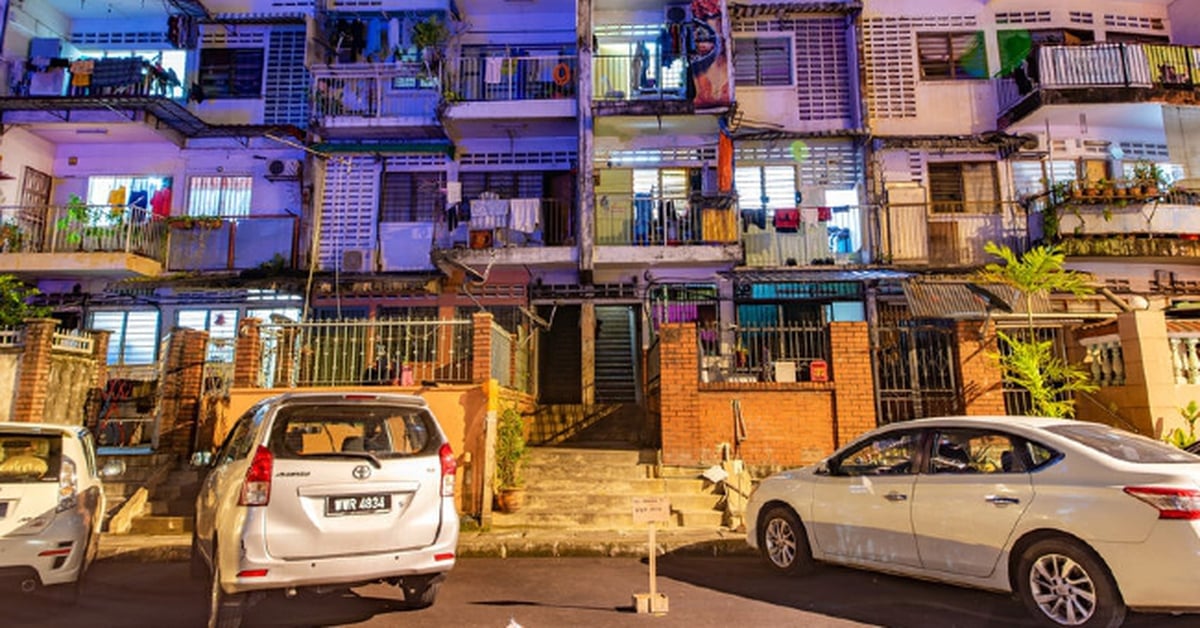



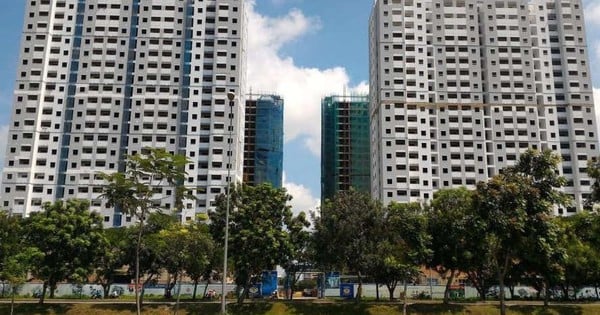

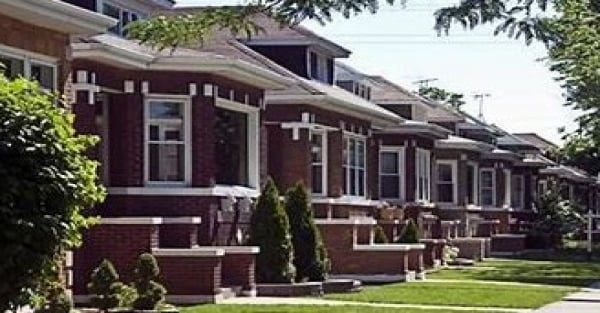

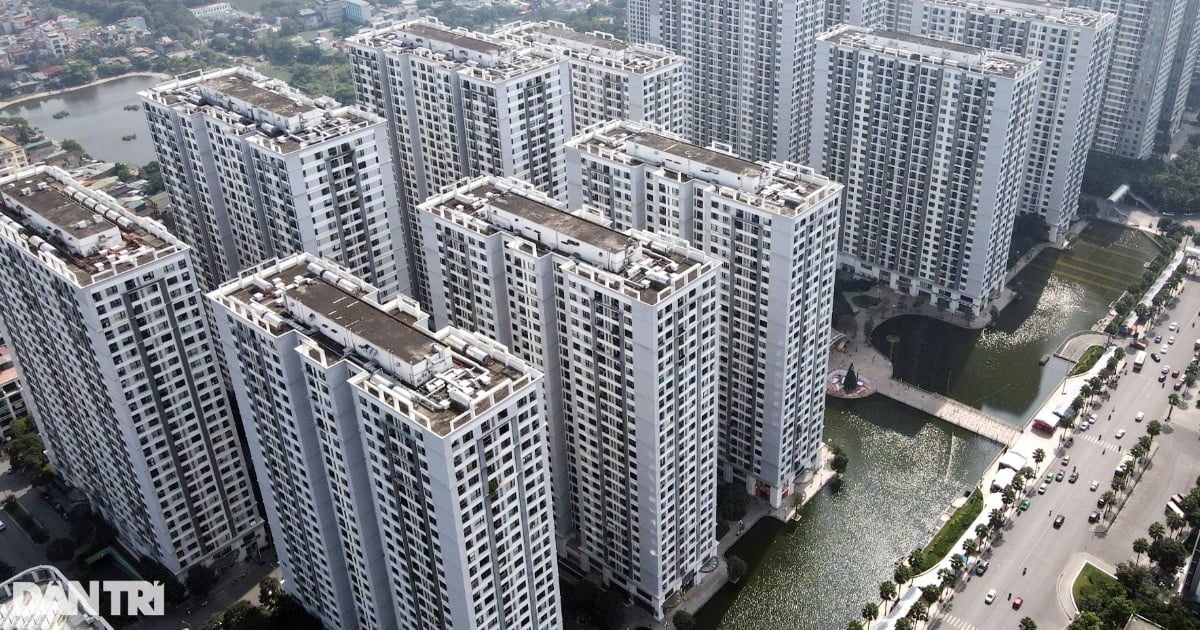
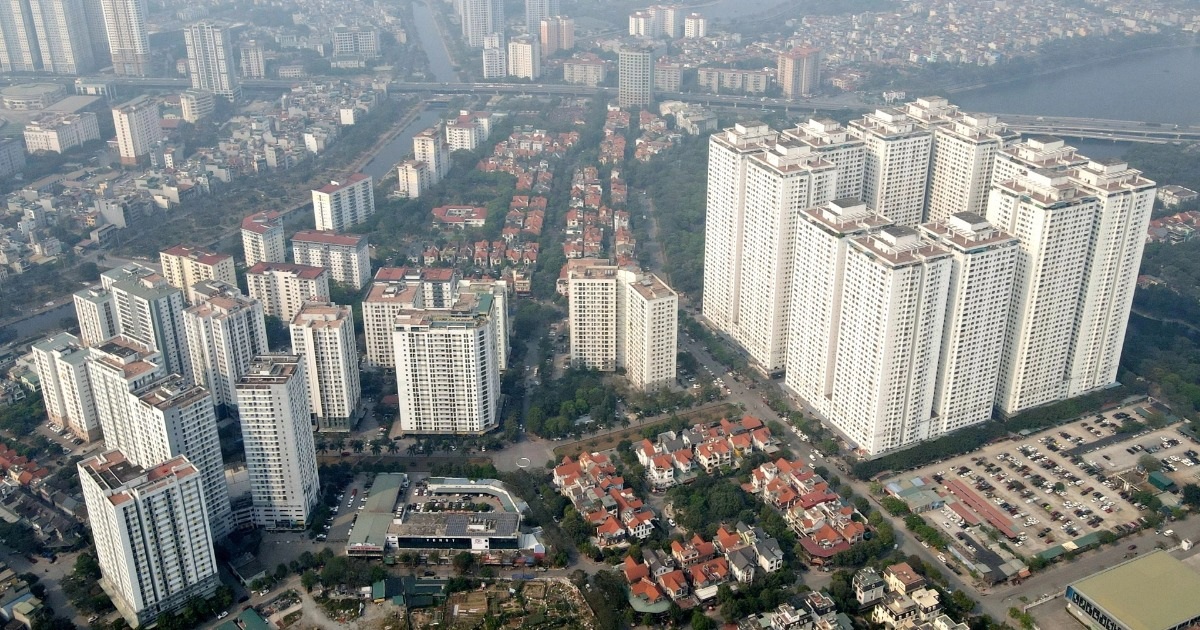



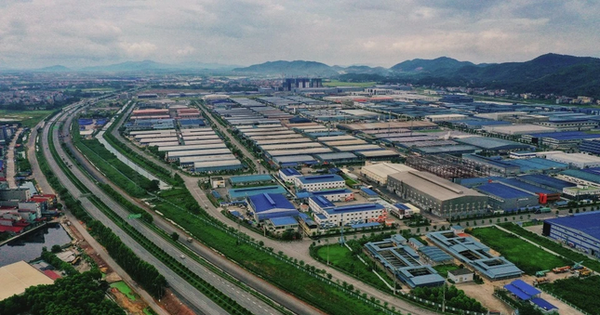
























































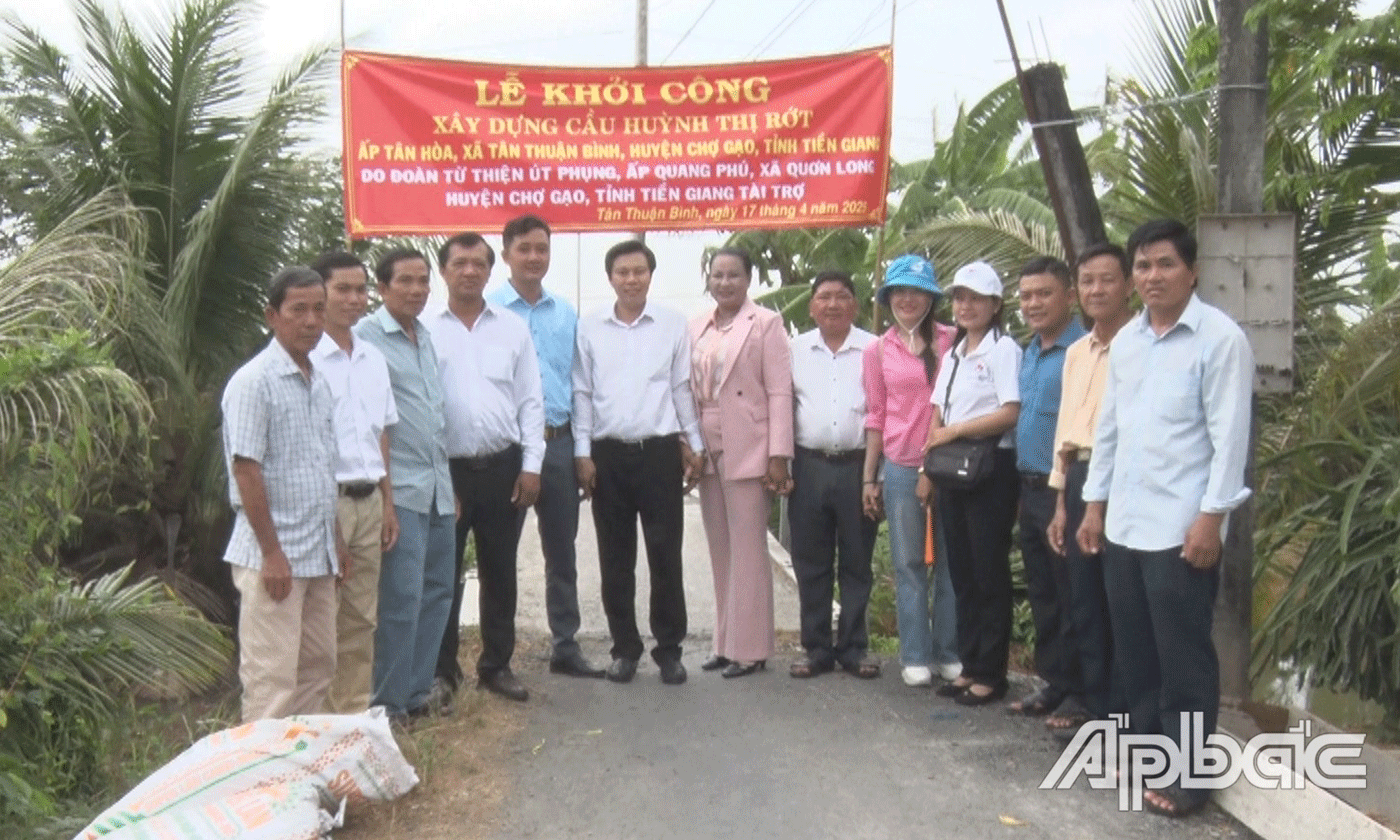


















Comment (0)